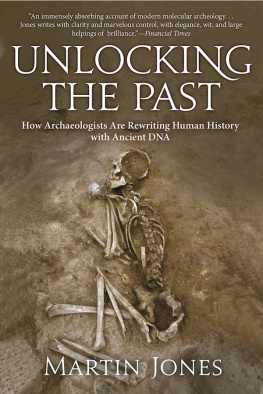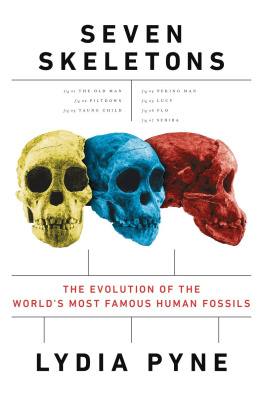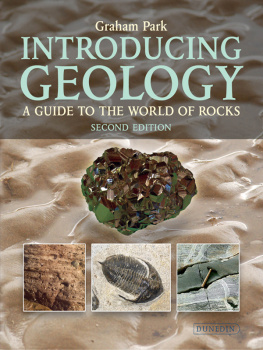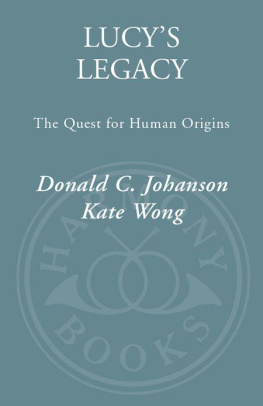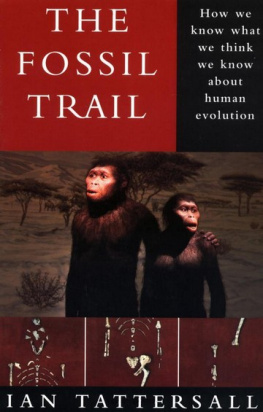
O n 21 November 1953, one of the most fascinating puzzles in science was finally solved. This was the day when an article on Piltdown Man appeared in an issue of the Bulletin of the British Museum (Natural History). To great accompanying media interest, and even questions in the Houses of Parliament, the authorsJoseph Weiner, Kenneth Oakley, and Wilfrid Le Gros Clarkdescribed their investigations into the important fossilized human remains found at Piltdown in Sussex in the early 1900s. Their conclusion was stunning: the Piltdown jawbone, and the accompanying materials that supposedly verified this as an ancient fossil, had been faked!
The notorious Piltdown affair probably had its roots in the discoveries of Java Man in 1891 and Heidelberg Man in 1907. These specimens were claimed as missing links between apes and humans, and they may have planted the idea of creating an even more spectacular find on British soil. Charles Dawson, a solicitor and amateur fossil hunter, claimed that some time before 1910a workman handed him a dark-stained and thick piece of human skull. This had come from gravels at the village of Piltdown. By 1911, Dawson had collected more of the skull from around the site, and had contacted his friend Arthur Smith Woodward, Keeper of Geology at what is now The Natural History Museum in London.
In 1912, Dawson and Woodward began proper excavations at Piltdown, and soon found more skull fragments, some fossil animal bones, primitive stone tools, and a remarkable fragment of a lower jaw. Amid great excitement, they announced the finds to a packed session of the Geological Society in London at the end of 1912, and named a new type of early human, Eoanthropus dawsoni (Dawsons Dawn Man). Although the skull and jaw pieces were awkwardly broken, Woodward reconstructed them into a complete skull that combined a modern-looking braincase with very ape-like jaws. On the basis of the associated animal bones and artefacts, Woodward and Dawson argued that Eoanthropus was more ancient than Heidelberg Manequivalent in modern terms to an age of a million years.
Not everyone welcomed Piltdown Man. Some experts, particularly in the United States, were sceptical of the match between the skull and lower jaw, and suggested that they represented separate human and ape fossils that had become mixed in the gravels. In 1913, however, there were more finds at Piltdown, including a canine toothintermediate in size between that of apes and humansand a unique carved artefact made from a large piece of elephant bone. The last Piltdown finds were made in 1915: Dawson supposedly found a molar tooth and some skull pieces closely matching the first finds in a field two miles from the original site, but he never told Woodward the exact circumstances before he died in 1916.
Eoanthropus became generally accepted as a primitive human fossil, especially in Britain, because it matched expectations that the brain had evolved to a large size early in human evolution while other features (such as the jaws and teeth) had lagged behind. But as early members of the human family were discovered in Africa and Asia during the 1920s and 1930s, Piltdown Man was pushed into an increasingly peripheral position in the story of human evolution, because nothing else resembled it.
New chemical and physical dating techniques were developed after 1945, and these began to be applied to the fossil record, including Piltdown Man. The first results suggested that the skull and jaw material, unlike the fossil animal bones from the site, was not very ancient, which made it seem even more puzzling. Then in 1953, their suspicions aroused, Joe Weiner, Wilfrid Le Gros Clark, and Kenneth Oakley began to apply even more stringent tests to Piltdown Man, finally exposing it as a fake: the Piltdown site had been salted with bones and artefacts from various sources, most of them artificially stained to match the colour of the local gravels. The missing link itself consisted of parts of an unusually thick, but quite recent, human skull, and the jaw of an unusually small orang-utan with filed teeth.
So who was responsible for this hoax, which fooled many eminent scientists for 40 years? More than 20 different men have been accused of being involved in the forgery, ranging from Charles Dawson and Arthur Smith Woodward through to the eminent anatomists Sir Arthur Keith and Sir Grafton Elliot Smith. Even Sir Arthur Conan Doyle, the creator of Sherlock Holmes, who lived in Sussex and played golf at Piltdown, has been added to the growing list of suspects. But the mystery of who was really the mastermind behind this extraordinary fake fossil, and the motive for creating it, remains unsolved.
), many new theories have been advanced since 1955 about the culprit or culprits behind the hoax, but Joe Weiners book remains the classic source of information about this enduring mystery.
Chris Stringer
Department of Palaeontology
The Natural History Museum, London
March 2003


